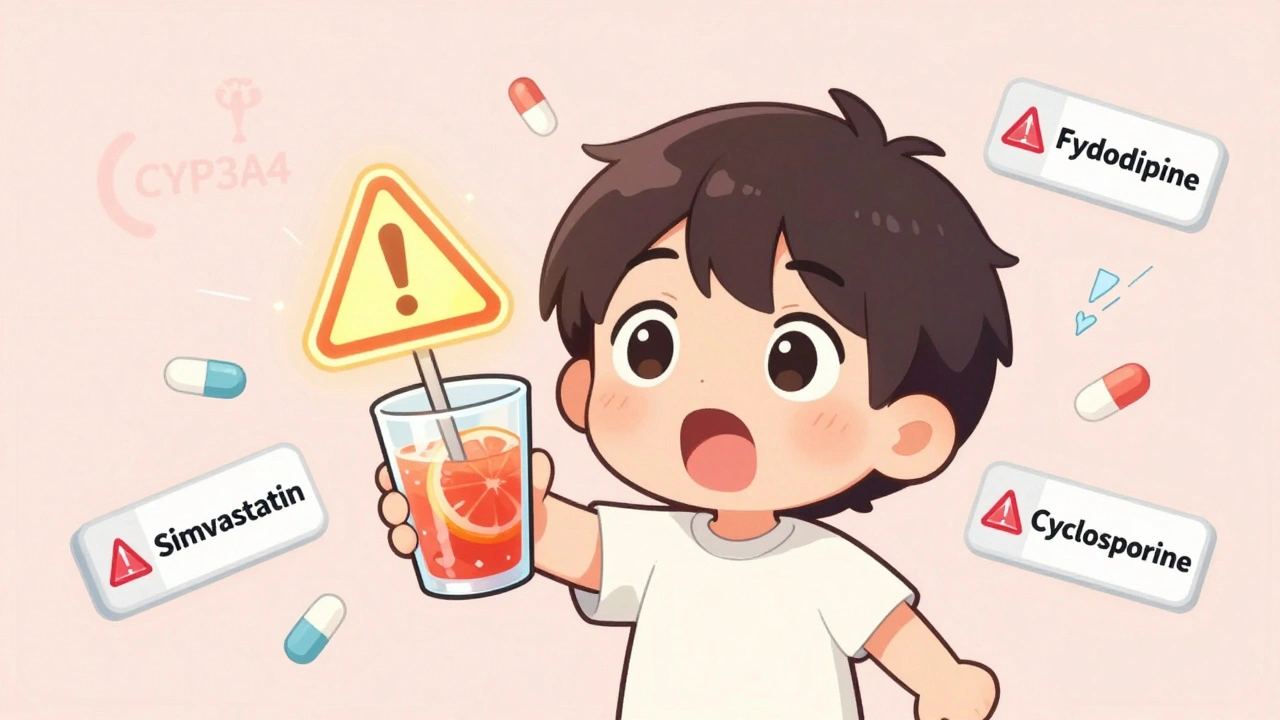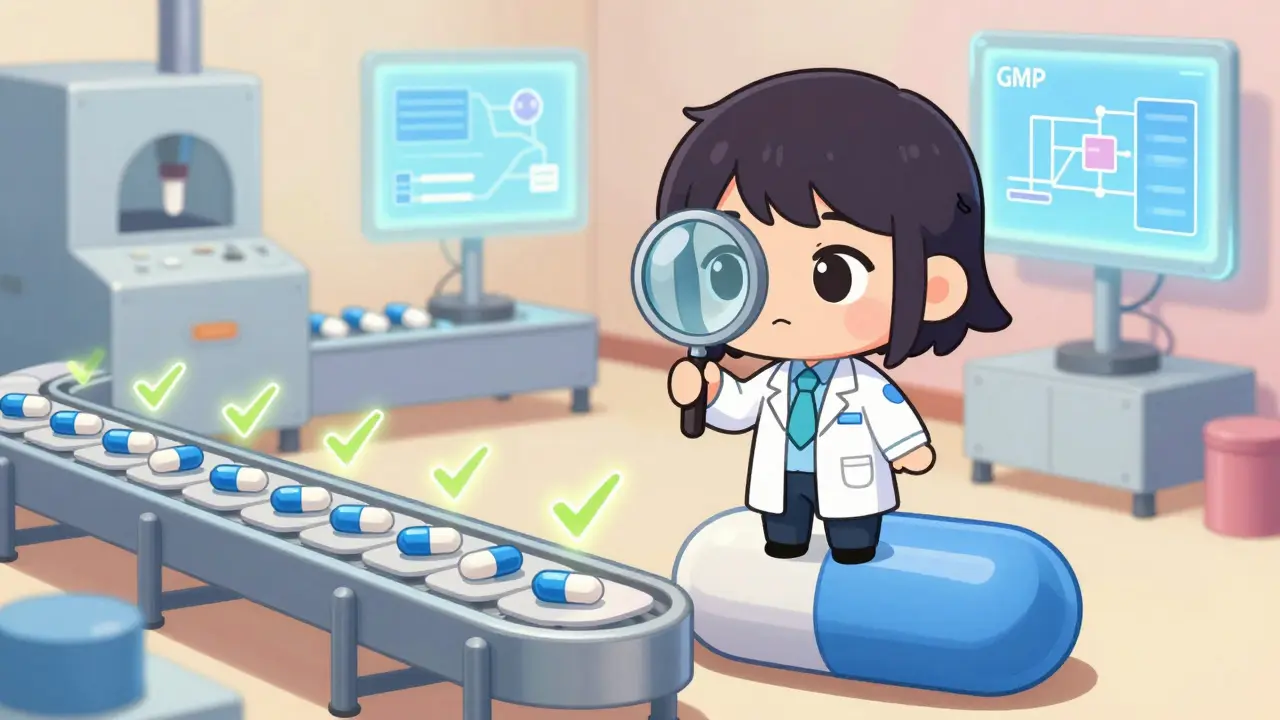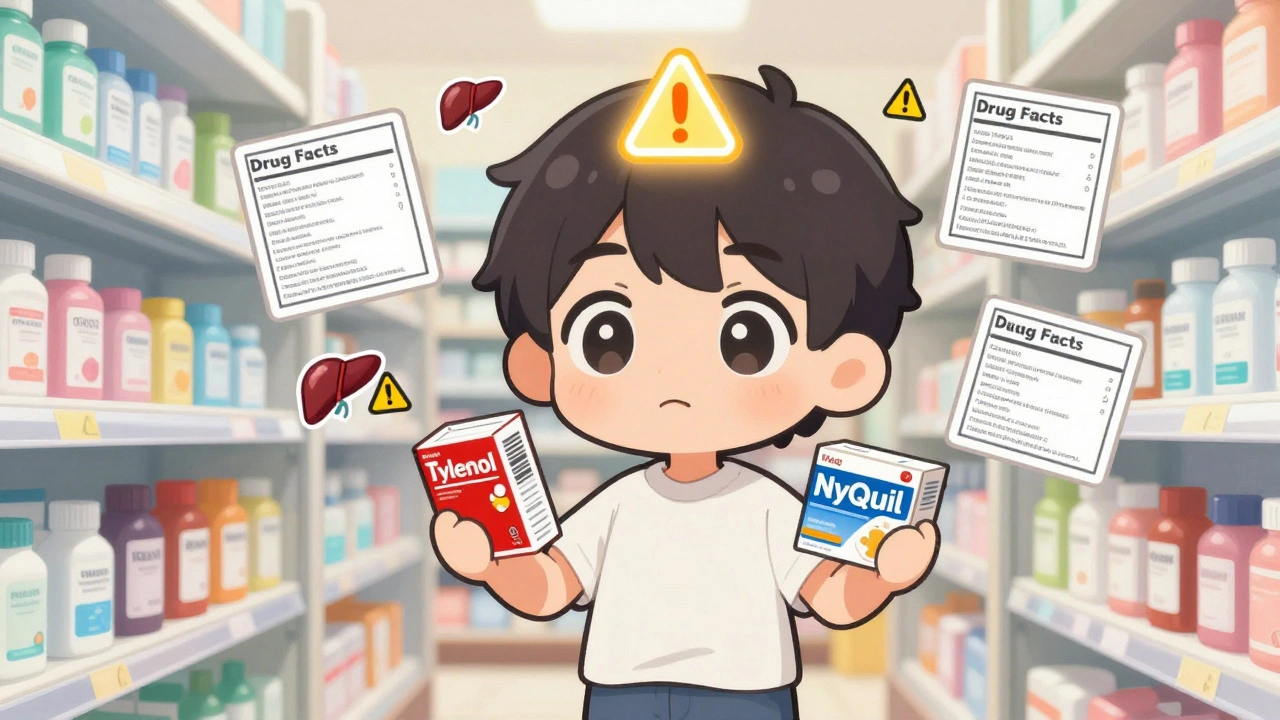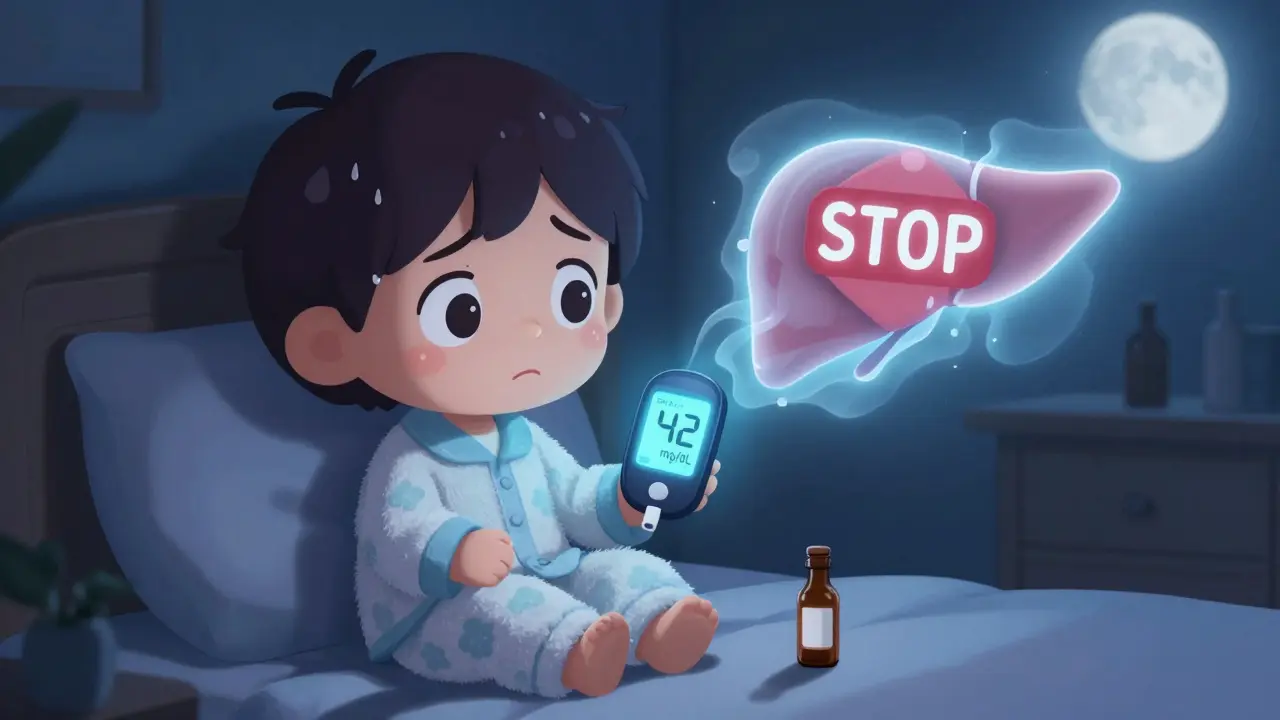Symbicort Basics: Quick Guide for Asthma & COPD Users
If you’ve been prescribed Symbicort, you probably wonder what makes it different from other inhalers. In short, Symbicort combines two medicines – budesonide, a steroid that calms inflammation, and formoterol, a fast‑acting bronchodilator that opens airways. Together they control symptoms and prevent attacks, making life easier for people with asthma or chronic obstructive pulmonary disease (COPD).
How to Use Symbicort Correctly
Using the inhaler the right way matters more than the drug itself. First, shake the device for a few seconds. Then, exhale fully, place the mouthpiece in your mouth, and press down while inhaling slowly and deeply. Hold your breath for about ten seconds, then breathe out gently. Most doctors recommend two inhalations twice a day – once in the morning and once at night – but follow your prescription exactly.
Don’t forget to clean the mouthpiece weekly with warm water (no soap) and let it air‑dry. A clean inhaler delivers the right dose and reduces the risk of irritation.
Common Side Effects and What to Watch For
Like any medication, Symbicort can cause side effects. The most common are throat irritation, hoarseness, and oral thrush – a yeast infection that shows up as white patches. Rinse your mouth with water and spit it out after each use to lower the chance of thrush. If you notice persistent coughing, wheezing, or a sudden drop in breathing control, call your doctor right away.
Rarely, high doses of steroids can affect bone density or cause mood changes. Keep regular check‑ups so your doctor can monitor any long‑term impacts.
Getting the Most Out of Your Treatment
Symbicort works best when paired with a healthy lifestyle. Avoid smoking, stay active, and manage allergens that trigger your symptoms. Keep a symptom diary – note when you use the inhaler, how you feel, and any triggers. This record helps your doctor fine‑tune the dose.
If you ever miss a dose, take it as soon as you remember unless it’s almost time for the next one. Don’t double up; the extra dose won’t help and could increase side effects.
When to See a Doctor
Schedule a visit if you need more inhalations than prescribed, if you experience frequent night‑time symptoms, or if you rely on a rescue inhaler more than twice a week. These signs often mean your asthma or COPD isn’t fully controlled, and your doctor may adjust the Symbicort dosage or add another medication.
Also, talk to your pharmacist about any other drugs you’re taking. Some medicines, like certain antibiotics or HIV treatments, can interact with formoterol and affect heart rhythm.
In short, Symbicort is a powerful combo that can keep asthma and COPD under control when used correctly. Keep your inhaler handy, follow the steps above, and stay in touch with your healthcare team. By doing so, you’ll breathe easier and get back to the activities you love.





